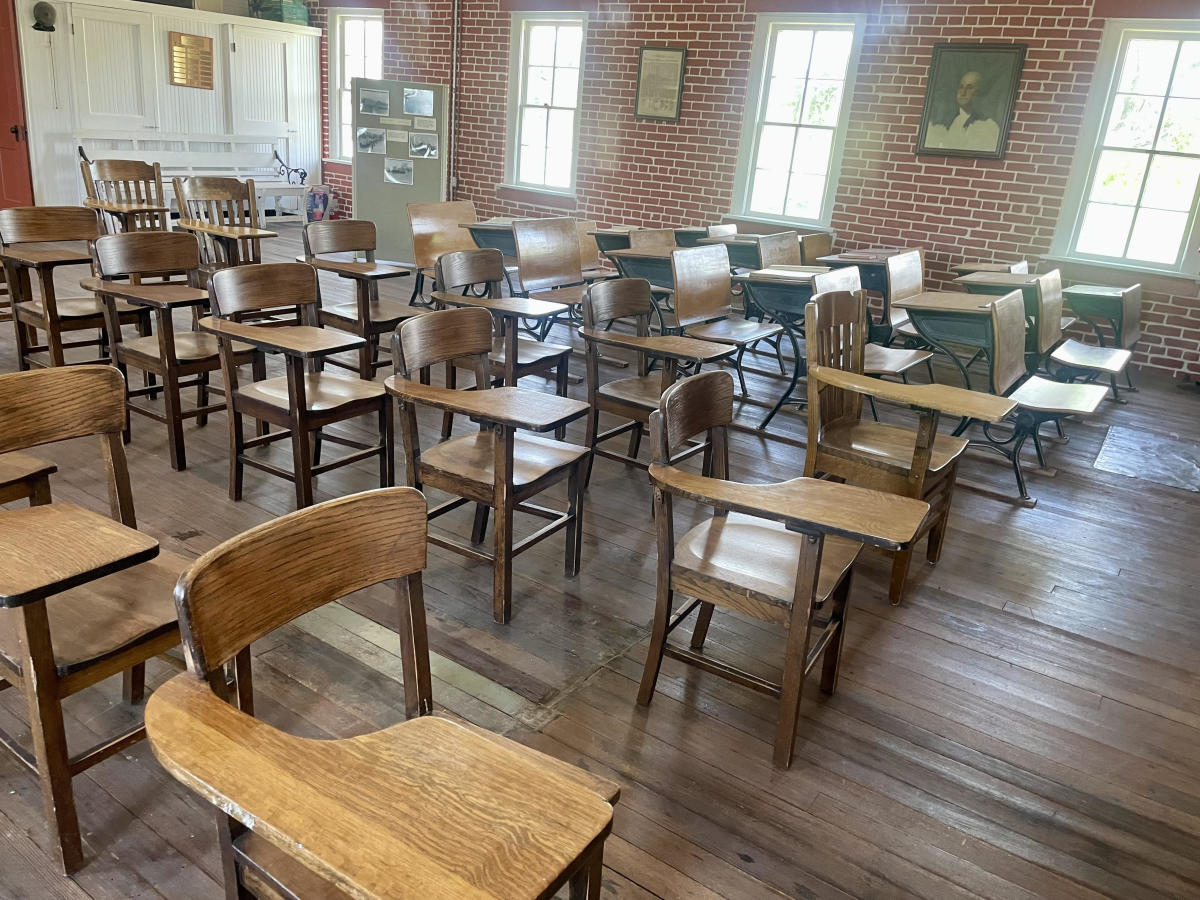Guest Opinion. President Biden earlier this month announced he would turn the former Carlisle Indian Industrial School into the Carlisle Federal Indian Boarding School National Monument. But it will be the incoming Trump Administration that oversees this new national monument’s creation and management. This is disconcerting because, in 2017, one of the first steps taken by the first Trump Administration was to shrink two national monuments, one of which—Bears Ears National Monument in Utah—was the first national monument created through the work of an inter-tribal coalition of Native nations.
Through this action and others, the first Trump Administration showed little regard for preserving Native lands or history through federal action. President-elect Trump now has a second chance to help more Americans learn about one of the most abusive policies ever levied by the United States against Native American people—a key action recommended earlier this year in the Interior Department’s Federal Indian Boarding School Initiative investigative report.
Never miss Indian Country’s biggest stories and breaking news. Click here to sign up to get our reporting sent straight to your inbox every weekday morning.
Will he and his administration step up?
As a descendant of a Carlisle School survivor, I am grateful to President Biden for taking this important step to acknowledge—and begin rectifying—the painful history and modern-day impacts of the boarding schools. But as my Brookings colleague Glencora Haskins and I have written, the new Trump Administration presents real risks to ensuring Americans understand the full history of Native American boarding schools even if it does not delay or disestablish the new national monument.
To understand the consequences of getting Native history wrong, look no further than Jim Thorpe, Pennsylvania. This small town, a 106-mile trip along I-81 from the former Carlisle School, bears the name of its most famous alumnus. Thorpe, or Wa-Tho-Huk—“Bright Path” in his native Meskwaki language—is considered perhaps the greatest athlete in U.S. history, and a foundational figure in American football, whose peak playing years happened at Carlisle. Though Thorpe never stepped foot in the town that now bears his name, due to a series of tragic events after his death, today his body rests there.
What stands out when visiting Thorpe’s gravesite is the historical revisionism in how the memorial presents his Carlisle years. The memorial presents a stark and painful whitewashing of history. The narrative begins by introducing Richard Henry Pratt, the founder of the Carlisle School, who once said his aim was to “kill the Indian in him, and save the man,” as someone who had a “deep sense of obligation to the Indians.”
The Thorpe memorial says of Carlisle that, “for thousands of Indians, it was their great ambition to gain admittance there.” While there were Native children who volunteered to attend Carlisle, the federal government also forcibly kidnapped many Native children, some as young as three years old, and held them hostage at Carlisle and other boarding schools to force their tribes to hand over land to the U.S. By the federal government’s own reporting, nearly 1,000 children died while at boarding schools.
I worry the Trump Administration will aim to present the history of Carlisle and the boarding schools in a manner that is as flattering as possible for the United States, much as the Jim Thorpe Memorial does. And there’s reason to think it will. During the waning days of the last Trump Administration, the president personally directed a commission to develop a “patriotic education” curriculum titled the “1776 Project.” Unsurprisingly, the curriculum makes no mention of the boarding schools or any of the other destructive acts that the U.S. government took against Native Americans.
Similarly, the Jim Thorpe Memorial closes by saying “Carlisle had made it place in the hearts of the country…” Unfortunately, far from having a place in the hearts of the country, too few Americans today even know about the boarding schools, let alone the crimes that happened at them.
The Carlisle National Monument has the potential to begin changing that reality. Let’s hope the incoming Trump Administration has the courage to tell the true story of what happened at Carlisle and other boarding schools, as well as the long, dark legacy that the boarding schools continue to leave in Indian Country today. Doing so would be a truly patriotic step in recognizing our nation’s lived history.
Robert Maxim (Mashpee Wampanoag) is a Fellow at the Brookings Institution and a descendent of Lizetta (Lizette) “Tink” Pocknett, a survivor of the Carlisle Indian Industrial School.
About the Author: “”
Contact: Rob@nativenewsonline.net
